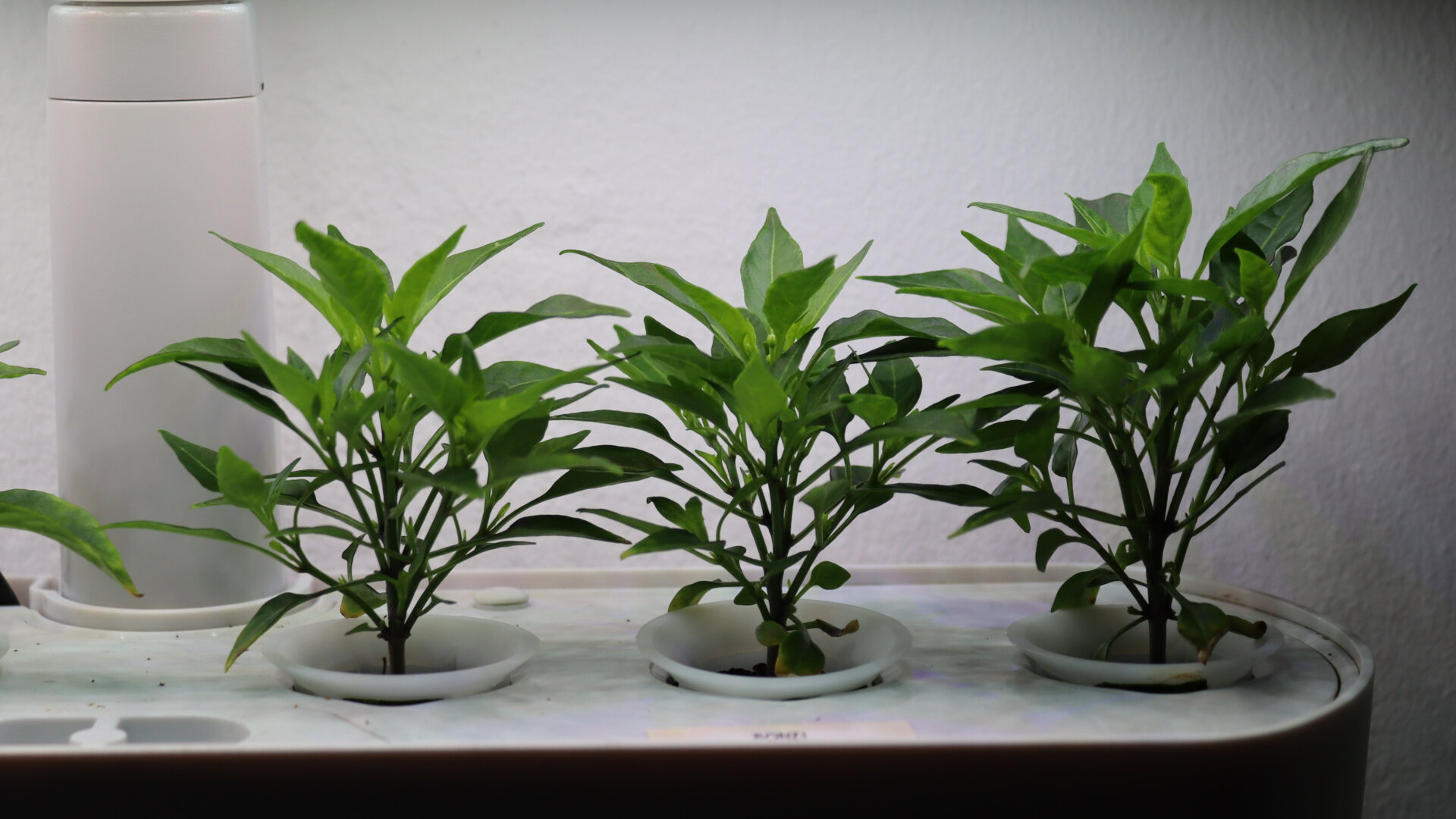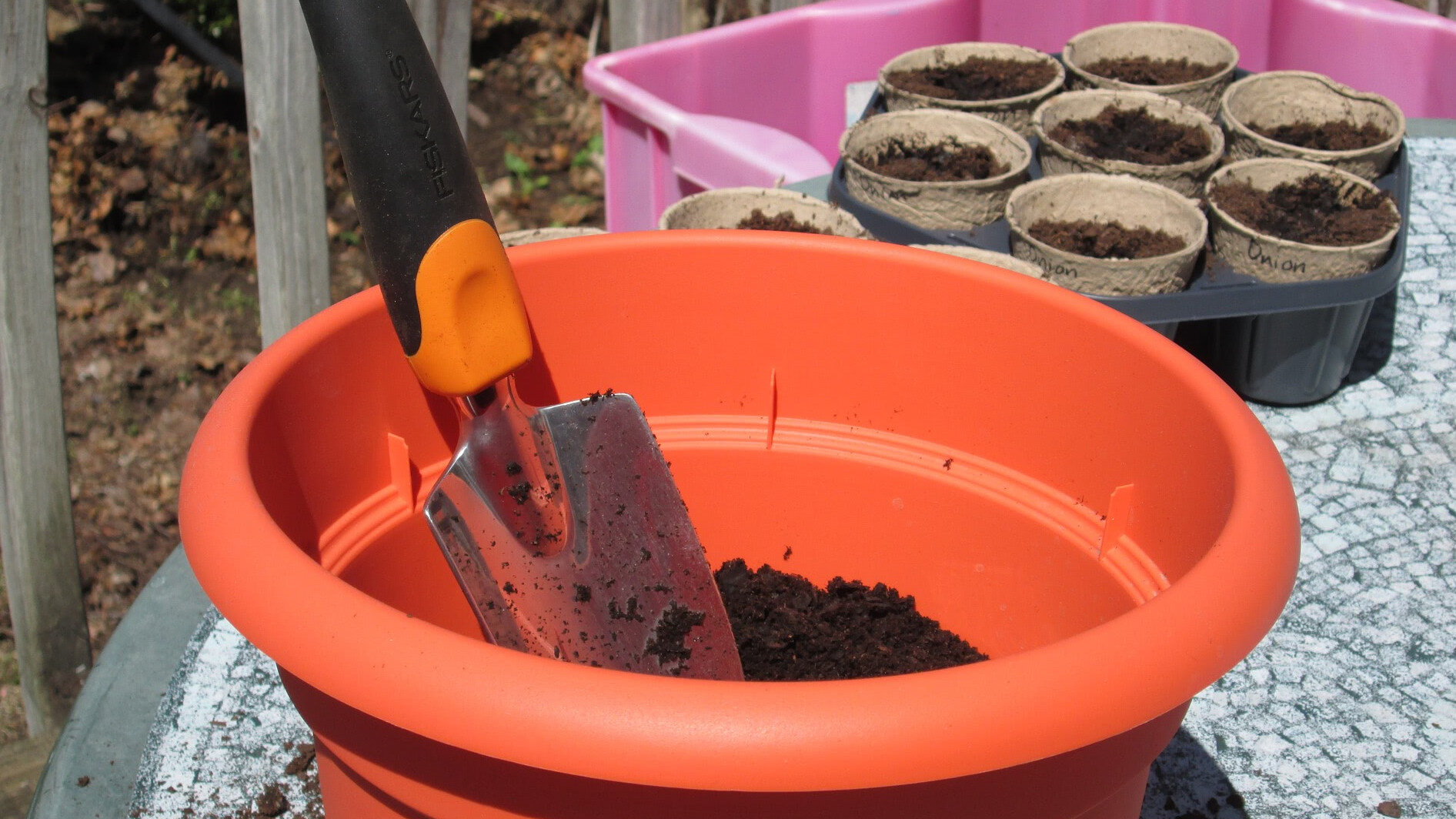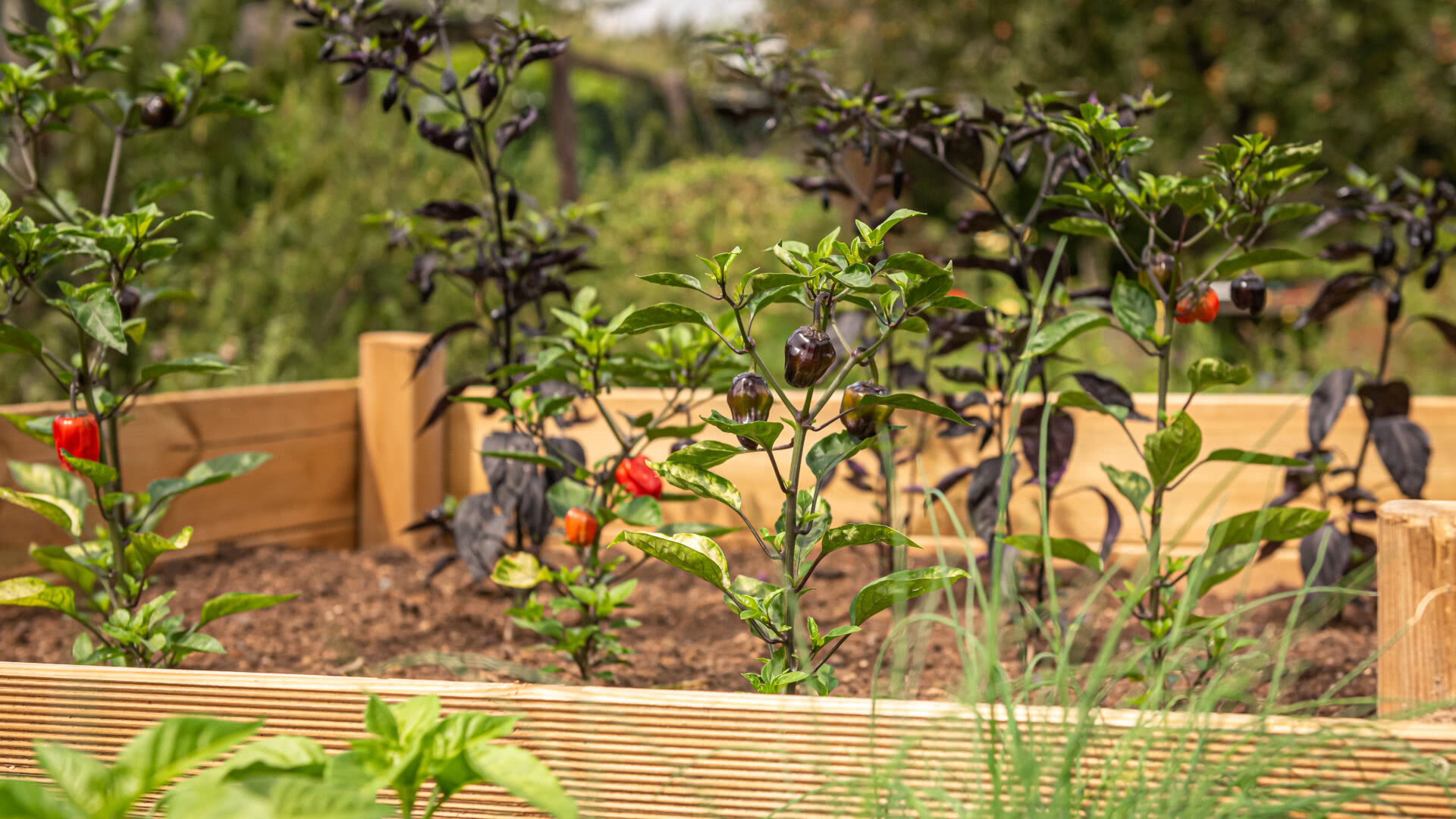Chilli clones

For those who now want to breathe fire with rage: there is a simple and efficient solution to clone the chilli. With little effort, offspring of magnificent chillies can be cloned and thus propagated. In the process, exact copies of the genetic material of the mother plant are created. The genetic advantages are preserved and you can stabilise this variety through cloning. You may even succeed in breeding a new chilli this way.
According to various sources, it only took ten years to breed Carolina Reaper as a new chilli variety. The breeder of what is currently the hottest chilli in the world, Ed Currie, was soon able to quit his job and turn his hobby into a profession. Since this variety stabilised so quickly, it can be assumed that a broad base could be created through vegetative propagation.
Propagation of cuttings
Time
Vegetative propagation, i.e. cloning, can be started at any time. In most cases, the ideal time is early summer. By this time, the mother plant has already developed well. At the same time, the cuttings are still given time to grow for the rest of the summer. May and June tend to be the best months for propagating cuttings so that their offshoots can continue to benefit from the fine weather until October.
The ideal time is always when the chilli is in full juice. When this is the case depends on the weather and climate and cannot be fixed to a specific day in the calendar.
To give the clones a chance to recover after the stress of cutting, cloning should be done in the evening. A period of rest in the dark night is good for the plants afterwards.
Preparations
Cloning chillies is quite easy: cut a branch with about four leaves. Place the cutting in a moist substrate. The whole thing takes about 5 minutes and the success rate is already through-growing.
If you want more cuttings to grow successfully, you need to do the cloning properly and start preparing earlier.
Stop giving fertiliser to the growing plant about a week before the cloning date. The reason is to reduce the nitrogen in the plant. This would only be used to form new leaves. Instead, chilli cuttings should take root. Daily spraying with water reduces the nitrogen in the leaves and the plant can build up a supply of moisture.
Mix tap water with distilled or osmosis water according to the water hardness. Important: use pure water, do not add liquid fertiliser.
Substrat
It depends on the substrate whether propagation via cuttings is successful. It must be low in nutrients, airy and loose and retain moisture well. Coco soil, a mixture of peat and sand, jiffy pots, rock wool and vermiculite have proved successful. Roots grow faster in a growing medium that is only lightly fertilised. For chilli cuttings, a pH value of 6.5 of the soil would be quite close to the optimum. You can measure this with a pH measuring strip or a pH meter.
With the substrate, make sure it has had time to distribute moisture well. It must be moist, but not just not wet. Pour the substrate into a tub from a larger greenhouse. Alternatively, you could use a transparent plastic tub that you can cover with cling film. For the cuttings, the cloning station must be somewhat higher than usual windowsill greenhouses.
Press small holes into the substrate. About half a centimetre in diameter, as is done with a pin or pricking stick. When pressing in the planting holes, keep a distance from the bottom of the tray.
Root hormones
In the hardware store you can usually get root hormones as root activator. A powder is made from algae that contains plant hormones. The hormone auxin stimulates root formation. In the mail order business you will find other remedies to choose from such as Klongel or Klonfix.
It is usually offered in the category of rooting medium. Klongel additionally protects the cut surface from drying out and reduces the plant's stress. In our opinion, it is simple, reliable and practical to use. Rooting hormones can also be obtained from willow twigs.
Work germ-free
When preparing the water, the soil and the cuttings, it is important to work cleanly and, if possible, germ-free. You should clean and disinfect all containers well beforehand. Wipe the knife and pricking rod sterile with a hygienic cloth. Cuttings are initially susceptible to bacteria, fungi and viruses. Wash your hands properly with soap or wear sterile disposable gloves.
Cloning
Cutting a cutting
Before cutting a cutting from the chilli, spray the plant with water again. This allows the cutting to build up a water supply in its cells. After all, it lacks a root at the beginning, through which it absorbs moisture.
When selecting a branch for cloning, a practised eye will develop over time. It should be about 15 cm long, have four to five small leaves and look sturdy. If the leaves are too big, a lot of water will also evaporate. A flabby stem causes many problems when propagating cuttings. It falls over, the leaves hang on the ground and the whole cutting starts to rot. When the rotting micro-organisms spread, healthy cuttings will also be affected.
There should be several nodes or nodules distributed on the cutting. New roots or branches will develop from these.
Good experiences to make a cut have been made with a scalpel. You can get sterile scalpels at the pharmacy, for example. Razor blades or cutters can also be used. Just remember to disinfect them first.
With the sharp knife, cut diagonally about half a centimetre below a nodule. The cut surface should have a 45° angle. This provides enough surface area. It must not be squashed or allowed to dry. Immediately put it into water or soak it in a root gel for half a minute. If the wound is exposed to air for too long, it will close. Root formation is then no longer possible.
Flowers and buds can be snapped off. We do not want the plant to focus its strength on their development. Leaves that are too close to the cutting edge are also cut off, they would only rest on the substrate and wither.
Planting
Now it is time to plant the clone in the prepared substrate. Hold it at the appropriate depth in the planting hole and push the soil together. At the right depth it is advantageous to plant it as shallow as possible. There is more oxygen in the upper layers of the substrate. This is where the first roots will form. At the same time, of course, the cutting must protrude far enough into the soil so that it does not fall over..
Humidity and temperature
High humidity is vital now. The plant cannot absorb water through roots. The relative humidity should not be less than 70 %. For this you need a greenhouse or another possibility to form a bell over the cuttings. If you place the cuttings in individual plant containers, a neckless plastic bottle can be put over them.
Before lowering the bonnet, spray your clones again with a water sprayer. Chilli cuttings feel quite comfortable at temperatures of 20 °C to 25 °C.
Care
Spray the plants twice a day and check the soil moisture. In a bright south-facing window or under artificial light, the cuttings will develop into full-fledged plants thanks to new roots. This happens after about two weeks. During this time, watch out for mould and rot. Isolate infected cuttings. They can ruin their entire cultivation if the disease spreads.



